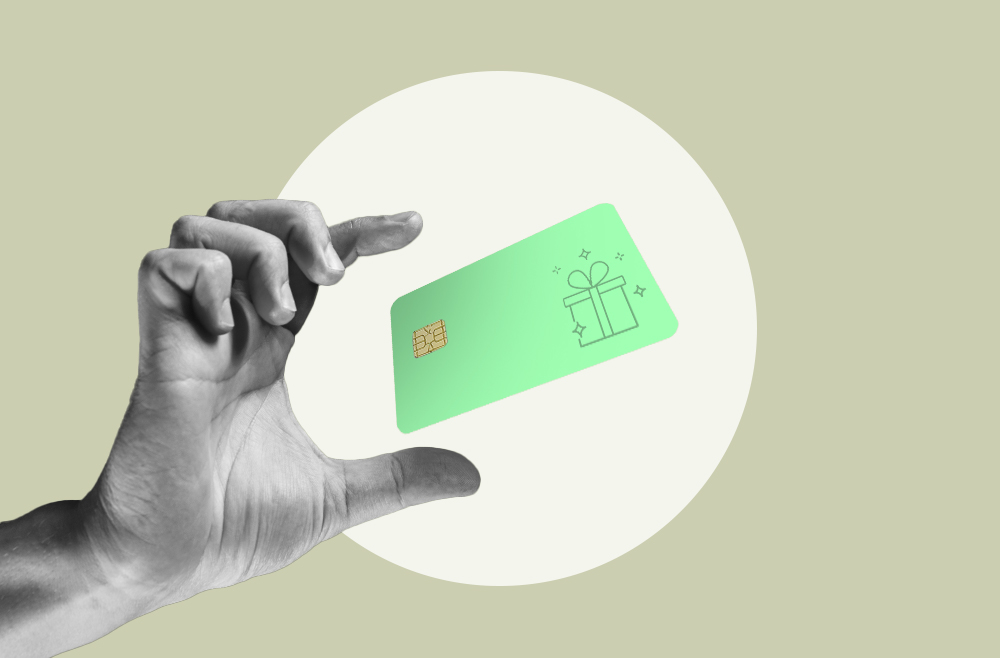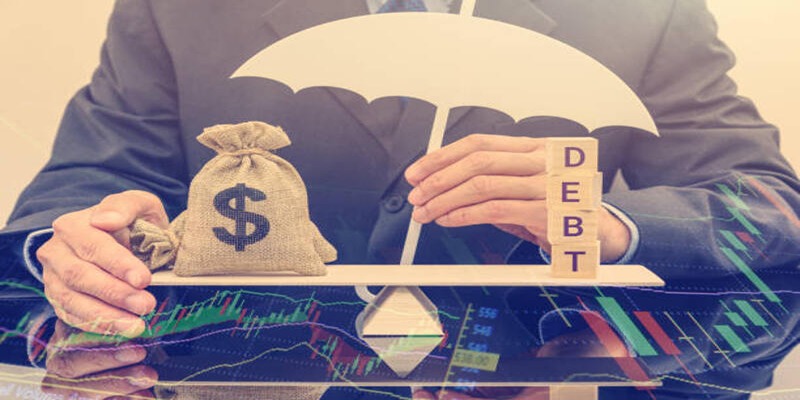Credit cards and charge cards appear identical in appearance and perhaps usage. Both cards allow cardholders to make purchases without using cash. In fact, in some quarters, the terms are used interchangeably. However, some differences make the two cards distinct.

A charge card allows the cardholder to make purchases, just like they would with a credit card. The cardholder owes the card issuer the money they use for these purchases, which should be paid in full monthly.
Charge cards are becoming a thing of the past because of the no-rollover characteristic. Companies like American Express and Diners Club still issue charge cards.
In this article, we shall focus on the following differences between charge cards and credit cards:
- Preset spending limit
- Interest
- Monthly payments
- Credit scores
- Fees
Preset spending limit
Charge cards are known for their freedom in terms of spending. Cardholders are not required to spend up to a certain predefined amount, nor are they required to spend certain minimums. They are more flexible than credit cards in this respect. Charge card issuers determine how much a cardholder can spend based on financial patterns and habits.
However, charge cards do have a spending limit based on your purchasing power. American Express has a tool that shows you how much your spending limit is. Use the tool sparingly and effectively. Large purchases above your card's spending limit can be approved if you call them beforehand.
Credit cards have a specific credit limit. If you spend above this limit, your card may be declined. Some card issuers will allow you to exceed this limit, but this comes with extra fees.
Interest
One of the benefits of charge cards is that there is no interest charged because there is no balance carried forward. Charge cards come with an intrinsic debt prevention tool that prevents you from having liabilities. You only spend what you can pay, literally.
Credit cards charge interest on the amount you owe until you pay the full balance. You will most likely see terms such as Annual Percentage Rate (APR) or Monthly Percentage Rate (MPR). Carrying forward balances may cause your APR to be high.
Some charge cards now allow rolling over balances to the next month, just like credit cards. Similarly as well, these balances will accrue interest.

Monthly payments
While credit cards will require you to make a minimum payment before the end of every billing cycle, charge cards require full payments every month. Charge cards do not allow balance rollovers, unlike credit cards.
A good way to think about the difference between the two cards in monthly payments is by using the analogy of an alarm clock. A charge card works like an alarm clock; it wakes you up, and you must wake up. A credit card adds the 'snooze' option; you may wake up or choose to do so five minutes later.
Credit cards use a revolving line of credit and allow you to make the required payment, then pay the remaining balance over the following months. Paying on time every time keeps your account in good standing. This will help you grow your credit score, making it easier to obtain loans and mortgages.
Low minimum payment requirements for credit cards may drive cardholders into credit card debt.
Credit scores
An issuer of a charge card is taking up a huge risk to provide the cardholder with leeway to make unlimited purchases with their money. They will therefore require that the cardholder have good or excellent credit scores.
Individuals with poor credit scores or building their credit may consider secured cards instead. Credit cards do not limit their cardholders regarding credit scores. Individuals with poor credit scores can obtain most credit cards.
Fees
Charge cards generally have annual fees for maintenance. Some cards, such as the American Express charge card, may carry an annual cost of ownership of $150 to $550. On the other hand, credit cards do not charge annual fees, at least most of them.
American Express charges a late payment fee of $27 for its charge cards. If you pay late twice within six months, the late payment fee increases to $38. This applies even if you are late in paying one dollar.
Continuous late payments or late payment fees may cause the charge card issuer to suspend your account for a time or even close it permanently. Charge cards are considered more stringent in terms of punctual payments than credit cards. However, remember that paying early will always benefit both cardholders.
Charge cards will charge penalties if payment is not done in full every month, which is expensive in the long run. It is rare to find promotional discounts on charge cards since monthly payments are not encouraged; they are mandatory. For credit cards, early payment discounts are plenty.
Credit cards also charge penalties and extra fees for late payments. According to the law, the maximum amount that can be charged as late fees on credit cards is $40. This only applies if you have missed two payments or more within six months.

Feature | Charge Card | Credit Card |
Pre-set spending limit | No (soft limit) | Yes (strict limit) |
Monthly payment in full | Yes | No |
Charges interest | No | Yes |
Annual fee | Yes | Yes |
Late payment fees | Yes | Yes |
Rewards and perks | Yes | Yes |
Accessible by majority | No | Yes |
Accepted by most sellers | No | Yes |
Can you make cash advances? | No | Yes |
The bottom line
Deciding which card is best between a charge card and a credit card can be made easier by considering the following:
- Your spending habits.
- Your purchasing power.
- The frequency of using the card.
- Your ability to pay balances in full each month.
- Your general personal preferences.
Credit cards offer more flexibility. Charge cards offer more perks and help you save. You will only spend within your means with charge cards. Ultimately, the decision is entirely up to you.







